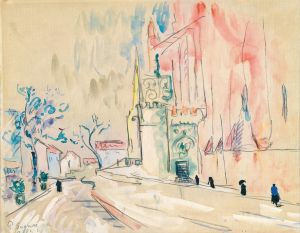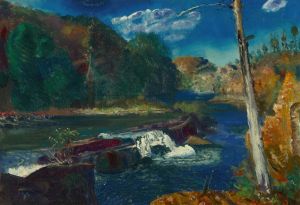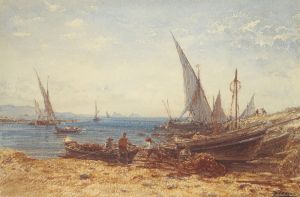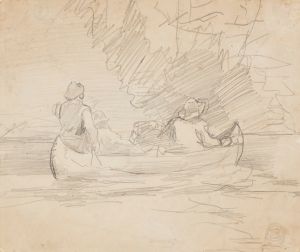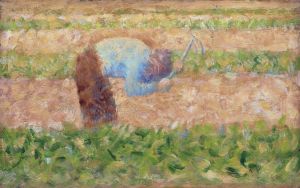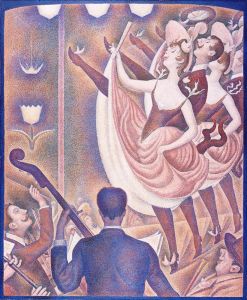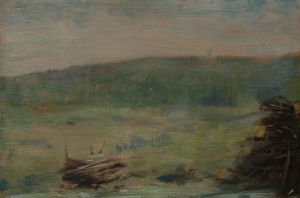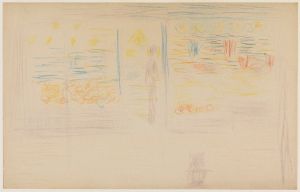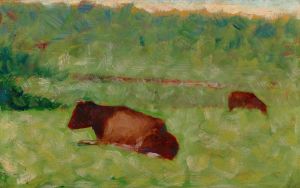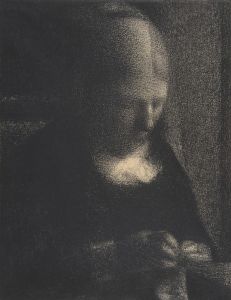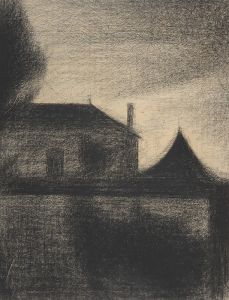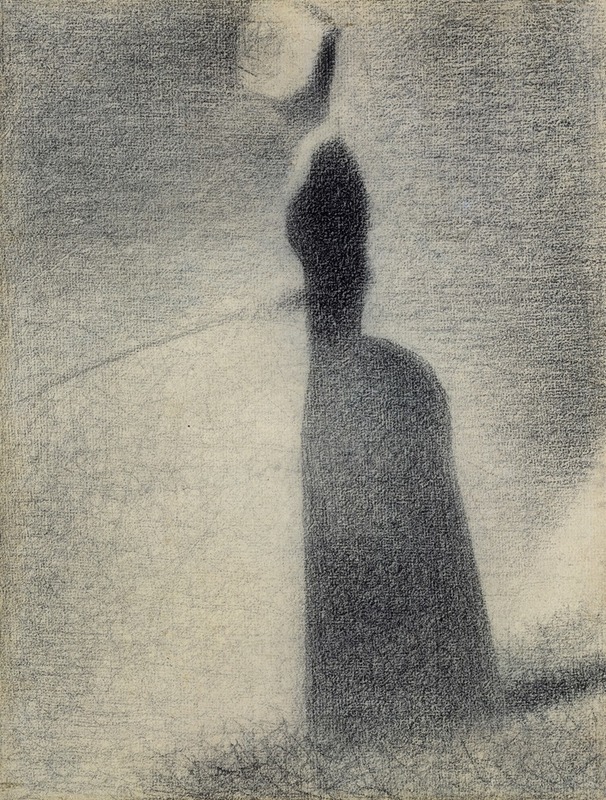
A Woman Fishing
A hand-painted replica of Georges Seurat’s masterpiece A Woman Fishing, meticulously crafted by professional artists to capture the true essence of the original. Each piece is created with museum-quality canvas and rare mineral pigments, carefully painted by experienced artists with delicate brushstrokes and rich, layered colors to perfectly recreate the texture of the original artwork. Unlike machine-printed reproductions, this hand-painted version brings the painting to life, infused with the artist’s emotions and skill in every stroke. Whether for personal collection or home decoration, it instantly elevates the artistic atmosphere of any space.
Georges Seurat, a French post-Impressionist artist, is renowned for pioneering the technique known as pointillism, a method of painting in which small, distinct dots of color are applied in patterns to form an image. One of his lesser-known works, "A Woman Fishing," exemplifies his innovative approach to capturing light and color.
"A Woman Fishing" was created during a period when Seurat was deeply engaged in exploring the effects of light and color theory. Although not as famous as his masterpiece "A Sunday Afternoon on the Island of La Grande Jatte," this painting reflects Seurat's meticulous attention to detail and his commitment to the scientific study of color. The painting depicts a serene scene of a woman engaged in the act of fishing, set against a tranquil landscape. The composition is characterized by Seurat's signature use of pointillism, where the juxtaposition of tiny dots of pure color allows the viewer's eye to blend them optically, creating a luminous effect.
Seurat's work was heavily influenced by contemporary scientific theories about color and perception, particularly those of Michel Eugène Chevreul and Ogden Rood. Chevreul's law of simultaneous contrast and Rood's color wheel were instrumental in shaping Seurat's understanding of how colors interact with one another. In "A Woman Fishing," Seurat applied these principles to achieve a harmonious balance of colors, enhancing the vibrancy and depth of the scene.
The painting's subject matter, a solitary woman fishing, is reflective of Seurat's interest in capturing everyday life and leisure activities, a common theme in his oeuvre. The choice of subject also aligns with the broader Impressionist movement, which sought to depict modern life and the fleeting moments of contemporary existence. However, Seurat's approach diverged from that of his Impressionist peers through his structured and methodical technique, which contrasted with the more spontaneous and fluid brushwork typical of Impressionism.
Seurat's innovative techniques and his dedication to exploring the science of color had a profound impact on the art world, influencing subsequent generations of artists. His work laid the groundwork for the development of Neo-Impressionism, a movement that sought to build upon the principles of Impressionism with a more scientific and analytical approach to painting.
"A Woman Fishing" is a testament to Seurat's artistic vision and his relentless pursuit of understanding the interplay of light, color, and form. While it may not be as widely recognized as some of his other works, it remains an important piece within his body of work, illustrating his commitment to pushing the boundaries of traditional painting techniques.
In summary, "A Woman Fishing" by Georges Seurat is a notable example of the artist's pioneering use of pointillism and his exploration of color theory. Through this painting, Seurat not only captured a moment of quiet leisure but also advanced the artistic discourse of his time, leaving a lasting legacy that continues to influence artists today.






